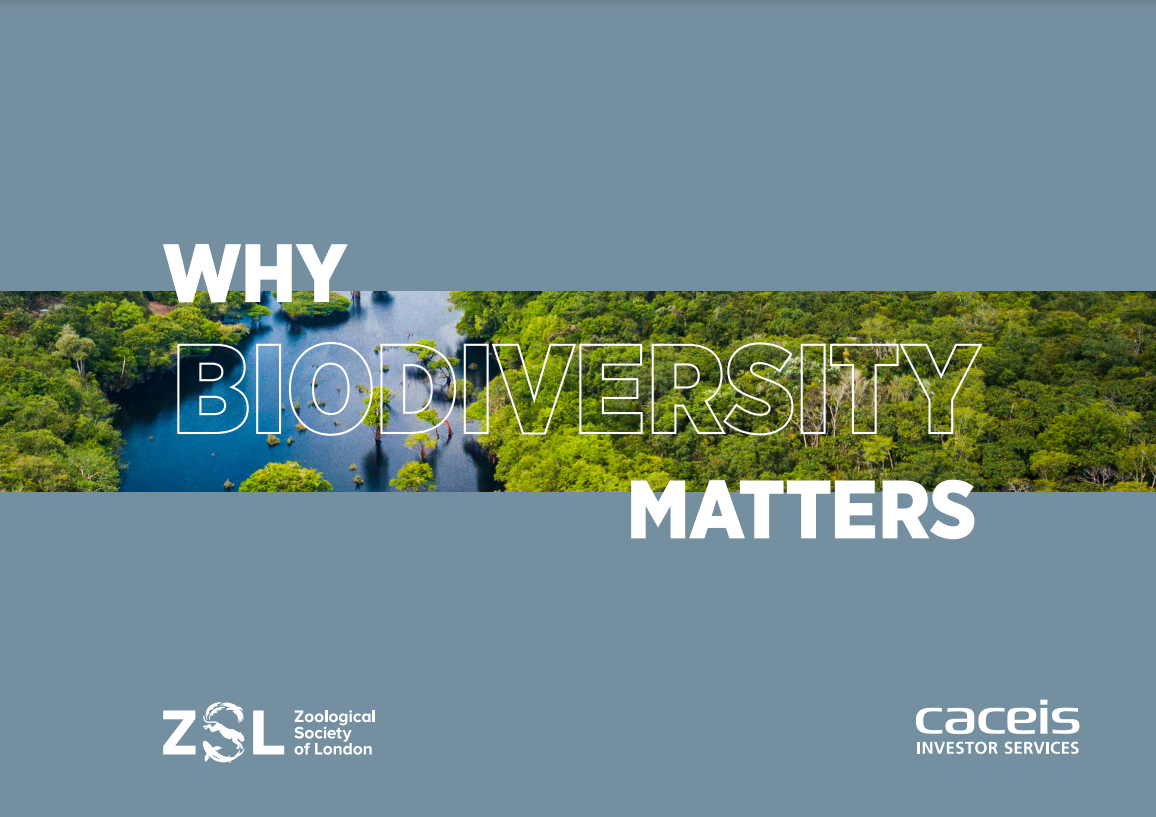Developed by international conservation charity ZSL in collaboration with CACEIS Investor Services, the new guide offers practical insights and tips to trustees, covering essential aspects such as the current challenges of biodiversity risk, the definition of biodiversity, key drivers of biodiversity loss, risks to pension schemes, and how trustees can initiate the evaluation of biodiversity risk within their schemes.
ZSL senior sustainable finance specialist James Pilkington said: “Saving for our future will mean nothing if there is no future to save for: 44% of the global economy is dependent on the services nature provides, but ZSL’s Living Planet Index, which tracks human pressures and impacts on the natural world, has recently shown an average 69% decrease in monitored global wildlife populations between 1970 and 2018.
“People today paying into pensions should be confident that their investments will not harm the environment: as asset owners and investors the finance sector has a significant responsibility in mitigating the biodiversity crisis, and as a major part of the industry the pensions sector is no exception. But make no mistake it’s a complicated topic.
“People today paying into pensions should be confident that their investments will not harm the environment: as asset owners and investors the finance sector has a significant responsibility in mitigating the biodiversity crisis, and as a major part of the industry the pensions sector is no exception. But make no mistake it’s a complicated topic.
“This guide from CACEIS provides a handy starting point for the pensions industry, demystifying the complex topic and providing a clear framework to approach the issue.”
The World Economic Forum’s Global Risk Report 2023 highlighted biodiversity and ecosystem collapse as the fourth most significant global risk over the next ten years. With increasing recognition of this threat, regulators and frameworks like the Task Force on Nature Related Financial Disclosures are putting a spotlight on biodiversity risk management. The recently concluded United Nations Biodiversity Conference (COP15) and the upcoming launch of the Task Force’s new framework in September 2023 further emphasise the importance of addressing biodiversity loss.
“Pensions funds necessarily take a long-term investment view and future biodiversity loss will have a significant impact on their financial returns. Instead of passing the responsibility of these issues on to their asset managers, pension funds must start to understand and take ownership over the risks and impacts of their portfolios, and put clear policies and actions in place to protect both the environment and their investments. Biodiversity loss also impacts quality of life as we age, so taking action on this issue now reflects everyone’s best interests.”
James added: “ZSL believes nature can recover, and that conservation is most effective when driven by science and innovation and carried out collaboratively across the world. The global pensions market holds over $56 trillion in assets, so the sector has the opportunity to lead the way in a greener approach to investing, to build a healthier future for wildlife, people and the planet.”
“We are committed to delivering educational resources for pension schemes and trustees,” said Pat Sharman, Country Managing Director, UK at CACEIS. “While climate change has received significant attention, it is vital to acknowledge the equally important risk of biodiversity loss and nature degradation. We have partnered with the Zoological Society of London to delve deeper into the concepts of biodiversity risk and provide trustees with actionable guidance.”
The guide forms part of CACEIS Academy – an education platform set up for pension scheme trustees and asset management fund boards – and will prompt a greener approach to pensions from the ground up.

